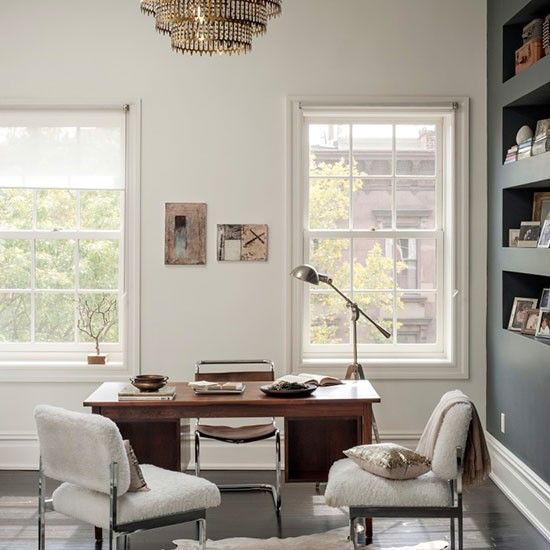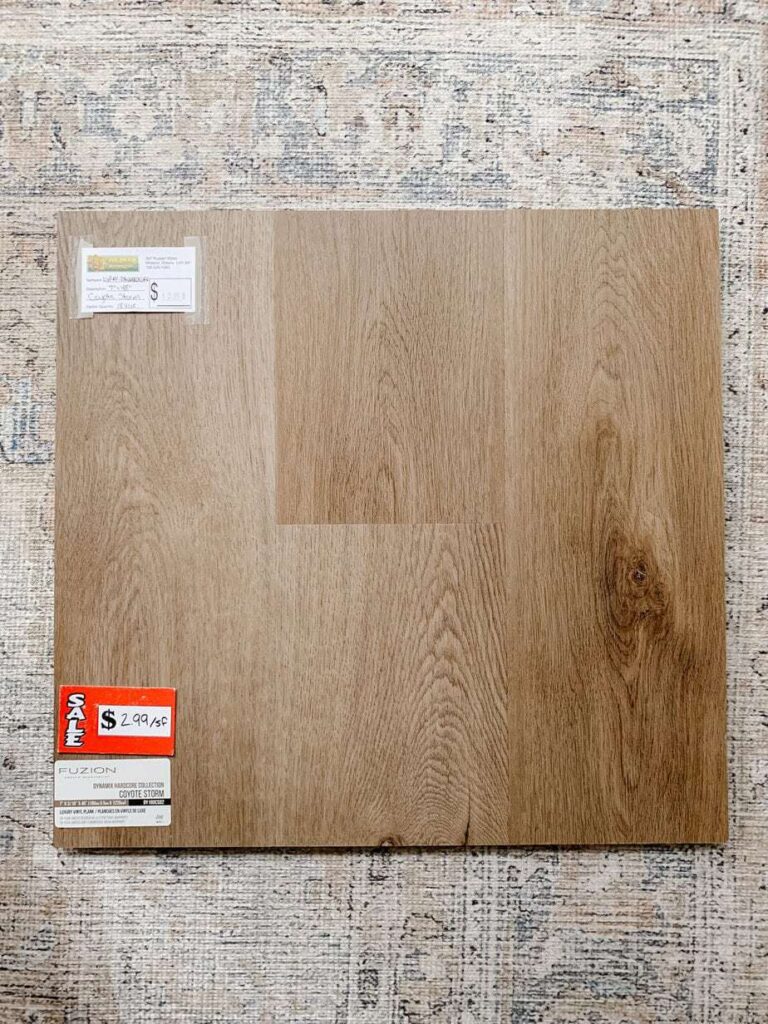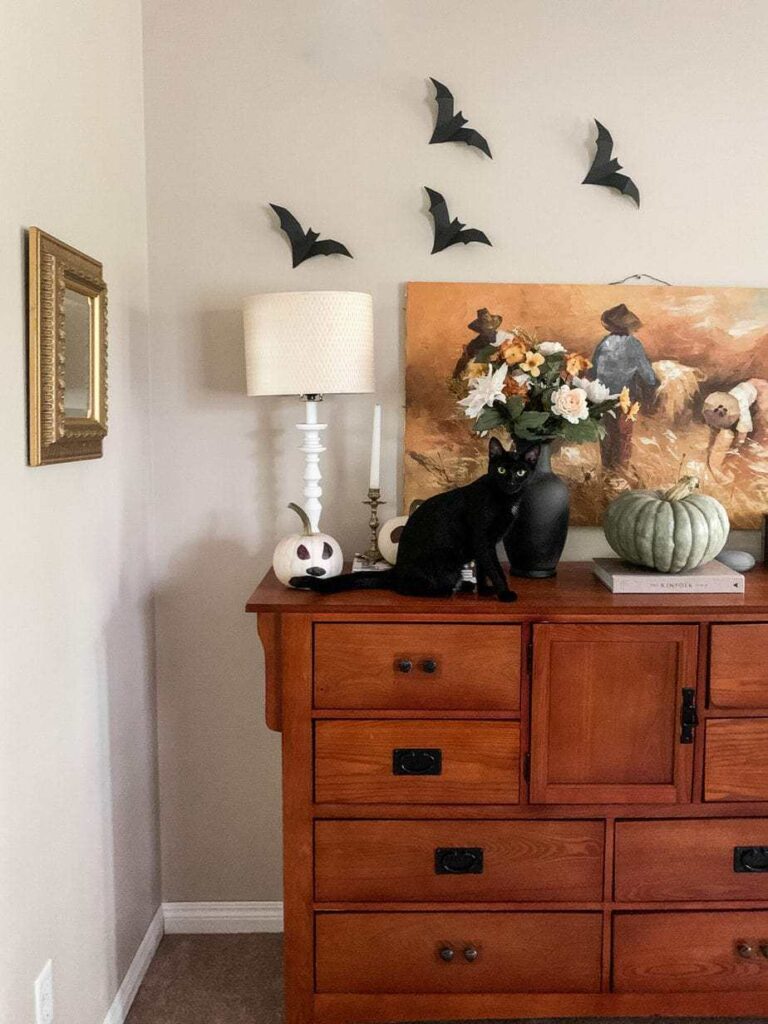11 BEST Low light Indoor Plants that Thrive in Lowlight
When it comes to the best large indoor plants low light preferred, we decided to put together a complete guide! These 11 plants were chosen by our plant expert and editor Ashley, she also shares interesting facts about each plant and her secret to keeping them alive.
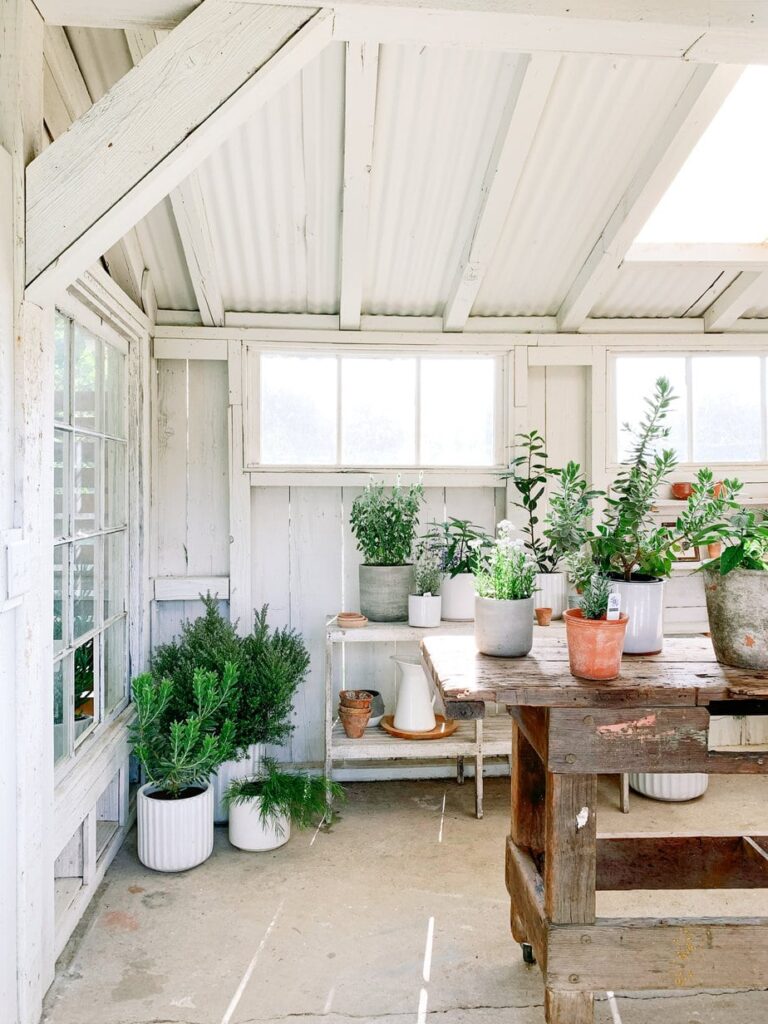
Houseplants had a major moment during the pandemic, and I can officially attest that I think this trend is here to stay. If you aren’t already on board the houseplant train, then today’s blog is for you! We’re going to let you in on our secret knowledge about which plants require the least amount of care while still soaking in all the benefits houseplants provide.
Let’s start there. Did you know that houseplants have several benefits beyond their aesthetic purposes?
- Improving your mood.
- Reducing fatigue.
- Lowering stress and anxiety.
- Improving office performance and focus.
- Boosting healing and pain tolerance.
- Minimizing the occurrence of headaches by improving air quality.
- Easing dry skin and respiratory ailments due to dry air.
If those items aren’t reason enough for you to invest in a new plant friend, then keep reading.
Because we understand that not everyone has the perfect house conditions for all plants, we’re going to focus on easy to care for plants that don’t require a lot of bright light and plants that thrive in low-light conditions. Here are our recommendations for the best indoor plants for spaces with little light.
Keep reading to find out what the best large indoor plants are for low-light areas of your home.
The Best Large Indoor Plants Low Light Preferred
When it comes to the best large indoor plants, low light approved these are my favorite. There are tons you could share but why share hundreds when you only need the best?
So I’ve compiled a group of low-light plants that I personally own or have owned. Plus a few tips or secrets to keeping them alive. Trust me, you’ll want to know these tips. So keep reading to find out what is exactly on the list of the best indoor plants: low light approved!
Quick Note!
All of these plants will survive in low light, which means you can keep them in nearly every part of your home. However, some might require a grow light or artificial light. We’ll link more below!
The Snake Plant
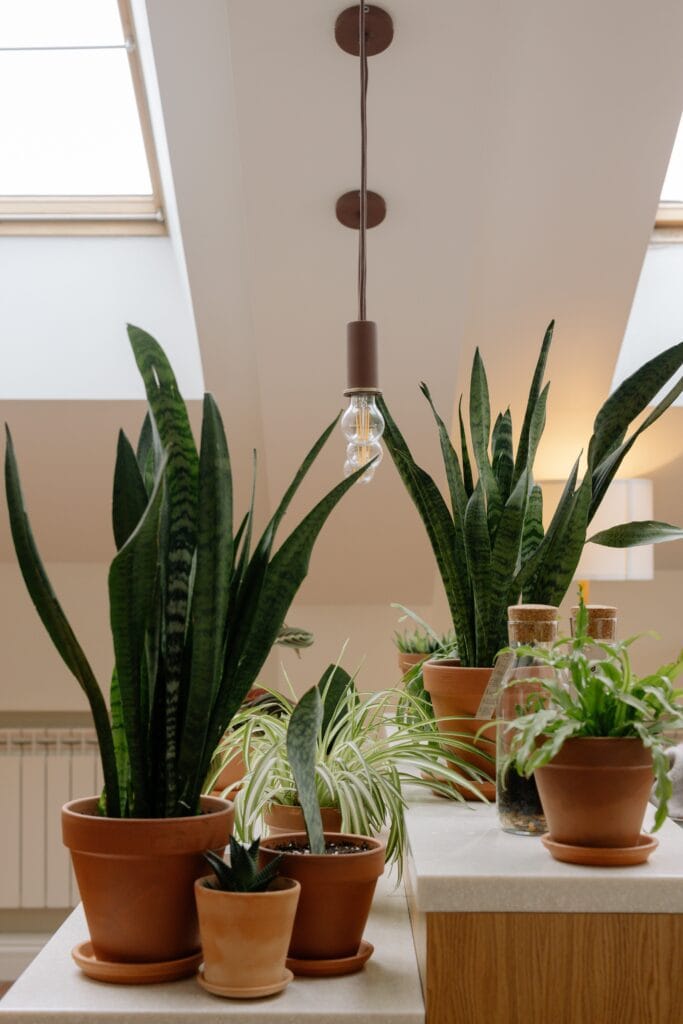
The dracaena trifasciata, also known as the Snake Plant, is one of the most common houseplants, and for good reason. This easy-to-care-for plant is virtually indestructible and can thrive in virtually any corner of your home. It can thrive in both full-light conditions, under fluorescent lights (hello perfect office plant!), and in low-light conditions. Like all plants, it does require repotting care, which we recommend you do yearly, in the spring. Placing your snake plant in direct light areas for a few hours a week will help it grow more quickly. If you are known to be frequently over water, this plant is drought resistant and should only be watered when the soil feels dry to the touch and can go almost two months without watering during colder Canadian winter months.
The Swiss Cheese Plant
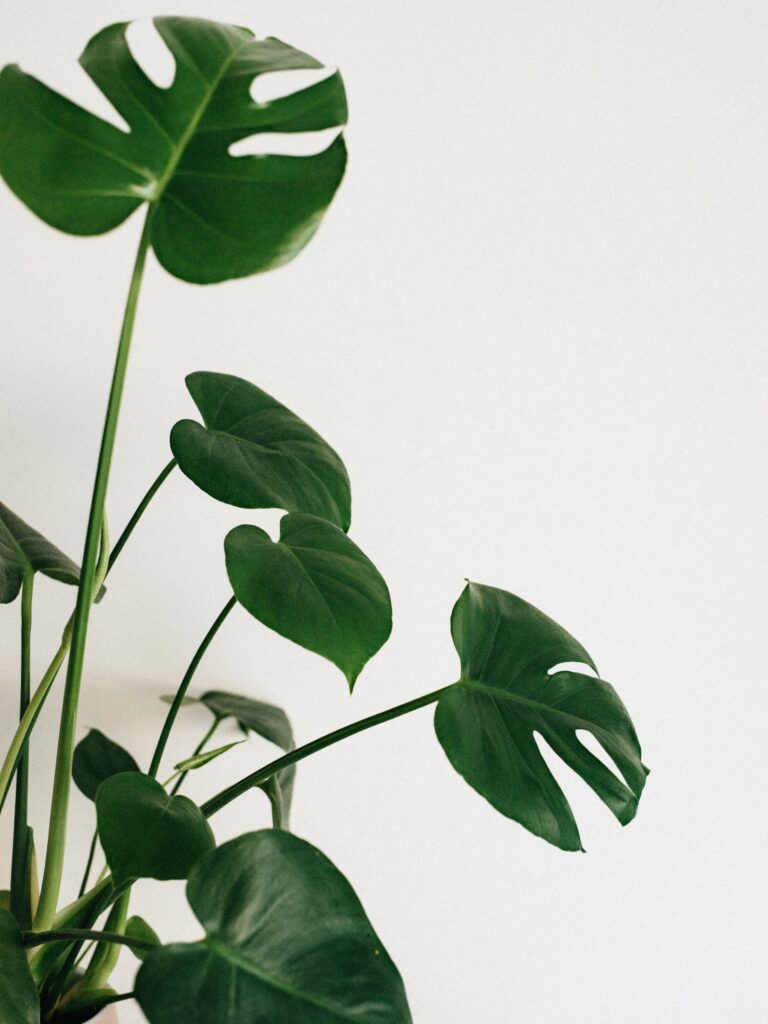
Dracaena trifasciata, also known as the Swiss Cheese Plant, gets its name from its fun, Swiss cheese-like appearance in the leaves. This type of plant requires indirect sunlight so its delicate foliage does not get scorched, In its natural habitat, it grows under tall trees. Another fun quality of the Swiss cheese plant is that it likes to climb. To help it mimic its natural habitat, we recommend inserting a steak into the center of the pot to help guide it upwards. Swiss Cheese plants like their soil to be moist but not drenched. A good test is to insert your finger into the top inch of soil; if it feels dry to the touch, it’s time for a drink! An important note about the Swiss Cheese plant is that it is toxic to pets, so be sure to place this guy on a higher shelf away from lurking dogs and cats.
The Chinese Evergreen: Aglaonema
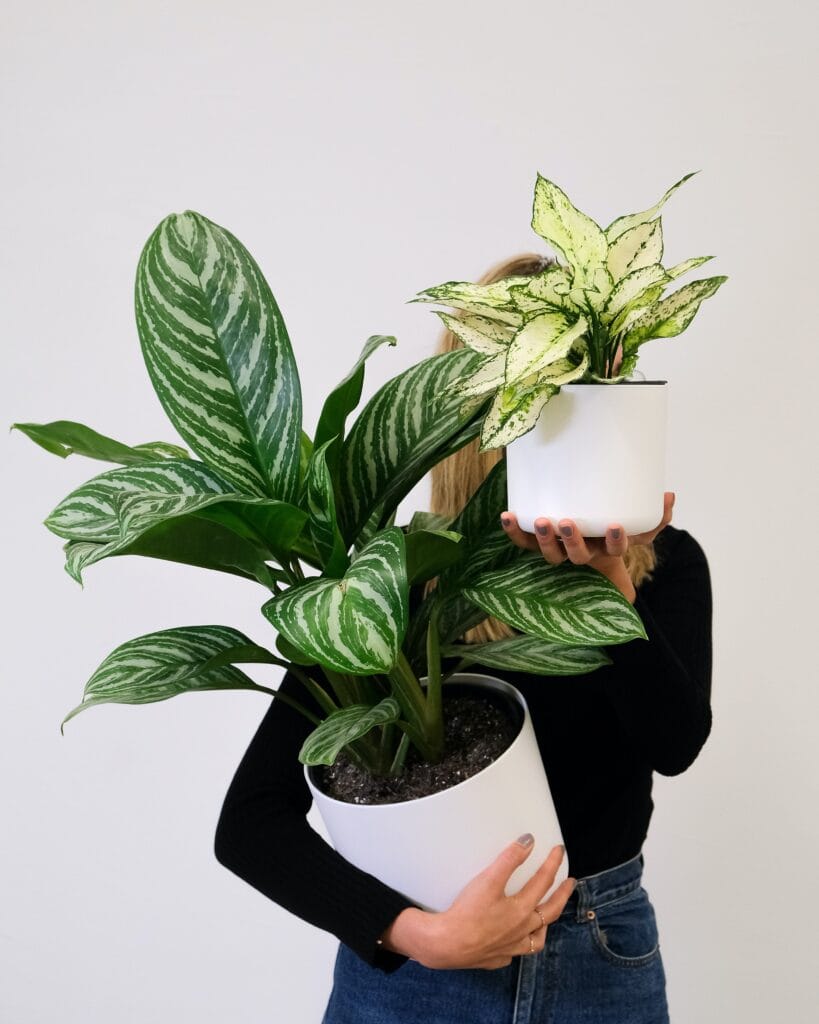
Aglaonema commutatum, also known as the Chinese Evergreen Plant, is the ideal slow-growing, year-round, indoor plant. This plan is also unique because the lighter the variegation on the plant’s leaves, the more light it requires. Dark green varieties of the Chinese Evergreen can grow in the near shade so be sure to consider this when making your purchase. Because of its slow-growing nature, repotting is infrequent. Watering is a breeze, soak the plant through and allow it to dry out fully before repeating. Like some other plants we discussed, this plan is not pet friendly.
The ZZ Plant

The Zamioculcas zamiifolia, is also known as the ZZ Plant. This is one of the best large indoor plants low light preferred and one of the lowest-maintenance plants available. Featuring waxy leaves that sometimes are mistaken for artificial, these plants are slow-growing and thrive in indirect sunlight. If you previously labeled yourself as a black thumb when it comes to gardening, the ZZ plant is a great introductory plant to start with it. Are you someone that often forgets to water your plants? The ZZ Plant stores water under the soil making it another drought-resistance plant. Like others, this plant is not pet friendly if ingested.
The Spider Plant

Chlorophytum comosum, also known as the Spider Plant, is similar to the Snake Plant in that it is one of the most popular houseplants in North America. Best planted in a hanging basket due to the cascading nature of the leaves. These plants thrive in lightly shaded conditions but can also tolerate heavy shade (they just won’t grow as quickly). Soil should be kept moist but not soggy. These plants also are sensitive to fluoride and chlorine in water so using distilled water is recommended. Did we mention this one is pet friendly?
The Peace Lily

Next up for our list of the best large indoor plants low light preferred, the Spathiphyllum spp, also known as the Peace Lily, is a plant that is not only beautiful but also carries symbolism. The peace lilies’ meaning is associated with sympathy, hope, purity, and natural peace. This plan is a common gift in some cultures to those who have recently lost a loved one. This flowering plant (typically blooms in the spring). This plant requires moist soil, filtered sunlight (not direct), and a consistent room temperature to thrive. Forgetful people rejoice, this plant does best when underwater! This one is not pet-friendly so be sure to consider this if purchasing for a gift!
The Weeping Fig

Ficus Benjamina, otherwise known as a weeping fig, is a tropical plant known for its long life (20-50 years!) This particular houseplant will require space, as it can typically grow up to 6 feet tall! Safe for pets and humans, this plant is also frequently used in homes, offices, and home decor or interior design shows. Grown best in indirect sunlight spaces and like for their soil to be kept moist. Do not allow this plant to sit in water however because it will begin to drop leaves and can be susceptible to root rot. This plant is also toxic to animals so be sure you put this plant in a location that your furry friend can’t reach for a midnight snack.
The Lucky Bamboo

Dracaena sanderiana, also known as the lucky bamboo has serious significance in Chinese culture. According to traditions, the significance of this plan is tied to how many stalks that you have.
- Two stalks represent love
- The three stalks are happiness, wealth, and long life
- Five stalks mean balance, peace, harmony, and power
- Six stalks are good luck and wealth
- Seven stalks mean good health
- Eight stalks represent growth
- Nine stalks represent great luck
- Ten stalks are a sign of perfection
- Twenty-one stalks is the ultimate powerful blessing
Notice four is missing? In Chinese culture, the word four is associated with death therefore gifting four stalks is considered rude wishing ill on the recipient.
Ok, back to this really neat plant! Having a reputation for being nearly destructible, this plant is perfect for beginners. This plan is also most tolerant of too little sunshine over too much because of its fragile stems. Because bamboo often grows directly in water, just be sure to change it out weekly to avoid dirt and odor from setting in. As with other plants mentioned above, the lucky bamboo is also sensitive to chlorine and chemicals so using filtered or distilled water is recommended.
Not looking to have purchased distilled water on hand? You can alternatively boil water and allow it to cool or let tap water sit out for 24 hours at room temperature so that all the chlorine can evaporate!
The Fiddle Leaf Fig

Ficus lyrata, commonly known as the Fiddle Leaf Fig is a popular indoor tree. Figs are tall indoor plants that are typically the focal point for any room they are in. This plant can easily grow up to 10 feet tall, making these truly indoor trees as opposed to an indoor plant. Toxic to both cats and dogs, the fiddle leaf fig requires filtered light to thrive. If placed in truly low light conditions, it will continue to grow, but at a much slower pace. Figs are considered easy to care for, except for their bi-weekly leaf-cleaning schedule. This simply helps their large leaves stay healthy.
I currently own a Fiddle Leaf Fig that is sitting in an area of low light. There are a few tips I picked up along the way, but one is to keep it consistent. We know a lot of people say they are the “teenagers of the plant world” and it’s true.
From my experience as long as we leave it near other plants, in an area that isn’t as dark as other areas (unlike the snake plant) it will still grow healthy. Typically, they can survive in a wide range of light, even low light. These plants need about 6-8 hours of light a day, temperatures on the other hand can be difficult to master for the Fiddle.
The English Ivy
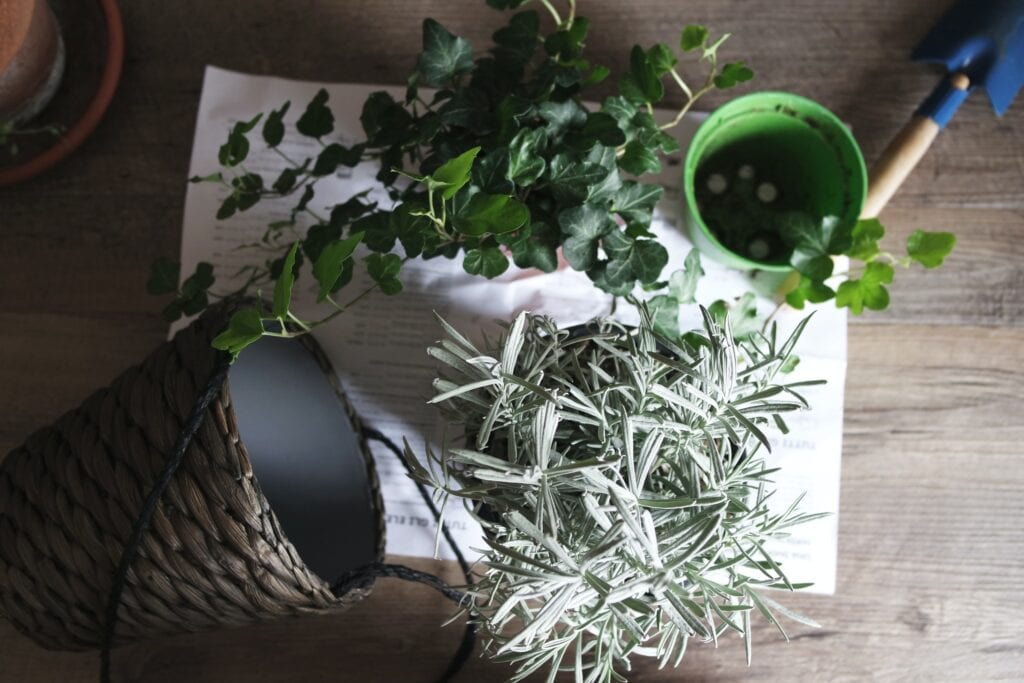
Hedera helix, also known as the English Ivy is my favorite plant! The Ivy is classified as a foliage plant because it does not bear flowers at any time. It’s known to be fast-growing and can spread both horizontally and vertically depending on where it is placed. This plant requires partial to full shade to thrive and needs well-drained soil (almost slightly dry to the touch). This plant is not pet safe, so be sure to place it in a spot that is protected from lurking animals.
The Rubber Plant

Peperomia obtusifolia, also known as the Baby Rubber Plant is the perfect, low-maintenance, and compact plant for beginners. This humidity-loving plant is pet friendly and prefers indirect light (it loves to live in the bathroom!). Root rot is possible with this species, so keeping the soil moist but not overwatered is crucial for its overall happiness (when in doubt with this plant, we recommend you underwater!). This little plant is also pet friendly so you can gift and place it with ease.
How to Care for Large Indoor Plants in Low Light
Since houseplants quickly became a hobby for me (I have over 30!), I’ve happened to stumble upon a few items that I now can’t live without when it comes to taking care of my plants. Here are a few of my secret tips for taking care of large indoor plants in low light.
Grow Lights and Grow Light Bulbs
I’ll be honest, I didn’t really like the way grow lights looked. To me, it just felt strange in my home and wasn’t very aesthetic. But a friend told me to get the grow light bulbs and put them in one of my floor lamps, and place it next to my plant (or plants).
Now, you’ll find all of my favorite low-light plants next to a lamp.
Miracle Grow Indoor Plant Food
Since I started using this product on a weekly basis when feeding my plants, I have seen major growth and health benefits in my plants. Two pumps directly into your watering vessel are really all you need! It works just as well if not better than some more costly products and is readily available at most home improvement stores such as Walmart, Kent, Home Depot, Canadian Tire, and Amazon.
The Best Plant Food
This miracle grow is something I’ve used for years, and I can’t recommend it more.
Miracle Grow Perlite
This super lightweight product helps your plants with aeration and drainage. It also promotes root development and is a plant tool I always have on hand.
Miracle Grow Perlite
It’s important to add some Perlite to your plant’s soil, especially with large indoor plants.
Extra Pots
Because you never know when a plant will need to be repotted, I always have an assortment of unused plant pots available. Ikea is my go-to for cost-effective and pretty pots. I am loving the Chiafron line they currently have in stock!
Miracle Grow Indoor Potting Soil
The soil you use in your plants plays a huge part in the plant’s longevity and overall health. The Miracle Grow Indoor Potting Soil mix is my go-to because it’s designed to be less prone to plant gnats. It also contains no compost or bark, so it’s easy to work with and smooth to the touch.
The Best Indoor Potting Soil
It can get confusing when it comes to soil, but this is the best for a reason. Grab at least one bag per pot, depending on the size of your new plant of course.
Hanging Planters
Once you become addicted to buying plants like me, the retail space they take up will eventually become an issue. The answer is not to buy fewer plants, but to utilize the space you have at home accordingly. I have tried and tested these adhesive hooks for easy hanging, along with the beautiful design element these macramé hangers will give to your space. The little hooks can hold up to 13 pounds so they are perfect for window hanging those few plants that do require full sunlight (hello string of pearls!). There really is something quite beautiful about an indoor hanging plant.
Ok, one last tip to get you started that I found super helpful when I first started my journey to plant ownership. Let me introduce you to the Planta App! The free version of this app will help you find the perfect place in your home for each plant, sending you notifications for when you should water, replant it or fertilize it. The premium version of this App is a game changer when it comes to identifying concerns with your plants; browning leaves? Discoloration? Drooping? Simply snap a photo of your plant and it will help you bring it back to its perfect state of health!
In Conclusion:
- All plants have different requirements for lighting (natural light, medium light, artificial light, lower light conditions, full sun, partial shade, bright indirect light, low light, etc. Be sure to do your research on the plant you are planning to purchase to ensure it will have a dedicated space that works inside your home.
- The moisture level of your soil will also play a huge role in keeping your new plant baby happy and healthy. Every plant requires different watering requirements and timelines; we recommend using the Planta App to help you keep track!
- Plants can provide huge benefits beyond their aesthetics. Some plants even have deep-rooted cultural significance.
- Anyone can be a plant person with a little hard work and dedication!
Ok, now you know the best large indoor plants low light preferred. My favorite low-maintenance, low-light plants that anyone (even those without a natural green thumb) can easily care for!
If you are just starting out on your plant journey, I would love to chat with you! Leave a comment, I’d be happy to answer you’re questions.












